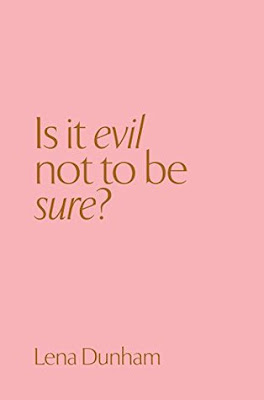The 2008 animated documentary of the same name by Ari Folman and David Polonsky took four years to complete. The frames of this graphic novel may have come from the film itself, and the sense of the film is uncannily captured without the sound or movement. Both book and film are so powerful I could not make it through in one sitting. A tremendous sense of anxiety and foreboding is generated by white/brown/black monochrome washed with an acid, chemical yellow, the slavering wild dogs, and the dissociative reality of war on a beach.
For anyone who hasn’t seen this film or read the graphic novel, I urge you to put aside anything else you have on your plates the minute you obtain a copy of either. It probably won’t take more than an evening to read/watch this remarkable act of witnessing, and you will remember it for the rest of your lives. Folman was a nineteen-year old recruit in the Israeli army when he was sent to Lebanon in 1982 to stop PLO rocket attacks and to retaliate for an assassination attempt on the life of Israeli ambassador to the United Kingdom.
At the time, many displaced Palestinians were living in refugee camps in southern Lebanon in permanent structures like houses. Their lives did not look temporary, but there was always agitation because their refugee status did not change. In Lebanon, the sectarian Christian leader Bashir Gemayel aggressively challenged (some might say crushed) the rights of Palestinians and Muslims, and shortly after he became president-elect in the 1982 presidential election in Lebanon, he was assassinated.
Gemayel’s party, the Christian Phalangists, took their revenge on two refugee camps, Sabra and Shatila. Israeli forces were slow to recognize and respond to an unfolding massacre. It appears they simply did not recognize the evil for what it was--it was too monstrous. The scars of those days left many men unable to understand what had actually happened in September 1982 and their role in it. Forman and Polonsky managed to show us that paralysis that comes over someone, even a group, when something bad is happening. The men protested up to their leaders, but not loudly, confidently, definitively enough. This phenomenon is not unknown. It may even have happened to us.
Much of the story is about the elusive nature of memory, and what scars the trauma of war leaves. The authors decided not to try and give voice to the other participants in this extraordinary event, but to just focus on the point of view of someone who was there but not directly implicated in the killing and who retained no memory of the time. We can forget these times of trauma, which is why the Holocaust is constantly referred to and memorialized. One must remember in order to forestall similar atrocities in the future.
The art in the film and the book is exceptional for its originality. The drawings are a certain kind of primitive and for that reason are all that we can project onto them. It may be the horror is something we bring because objectively speaking, until real photographs appear at the very end, events are only hinted at: we have the blank stares of the affected soldiers and the bizarrely horrible sudden deaths of soldiers playing on a beach—and this all from the point of view of what might be called the Israeli bystanders.
They were part of the army, and they had ordnance, but they had little passion for battle, the Israeli participants. The Phalangists were the actors in this case. I am reminded of Montaigne: "There is no hostility that exceeds Christian hostility." The whole record of the movie and the book should go down with oral histories of ancient battles not at all heroic but horrible and instructive and something forever to be avoided.
After making this film, Ari Folman said he no longer has interest in traditional filmmaking. There was something even more exciting to him about the art of David Polonsky, who tried using his non-dominant hand to draw so that the smoothness of caricatures did not distract from the roughness of the subject matter. Animation was a relatively new industry in Israel when they began, and since they had no infrastructure, they made decisions that more practiced and wealthier studios may not have made.
Both the film and the graphic novel are for grown-ups, or for people who want to be grown-ups.
You can buy this book here:
 Tweet
Tweet








